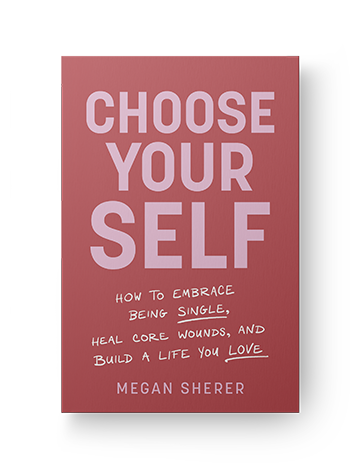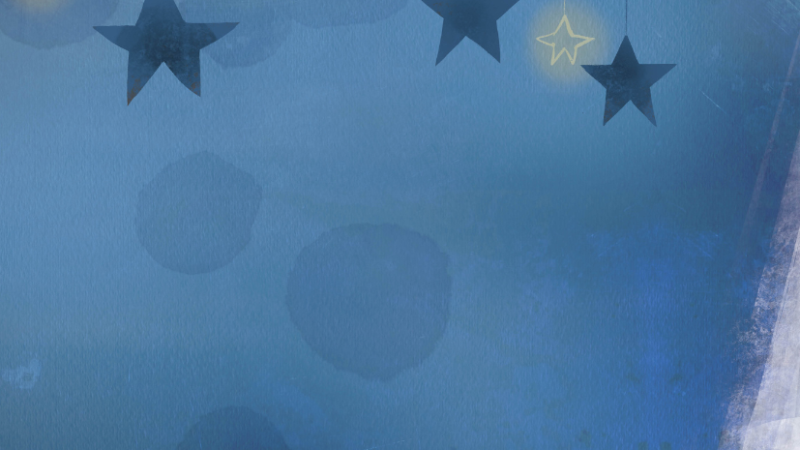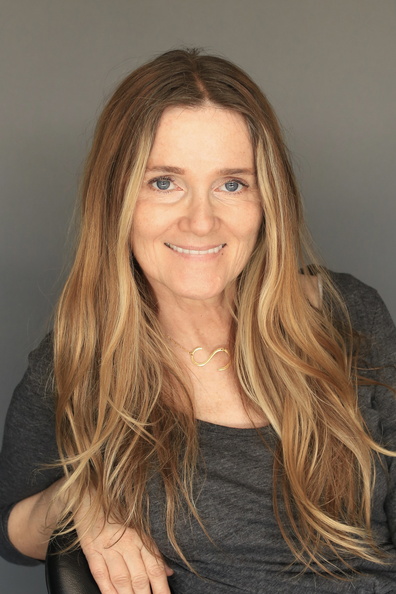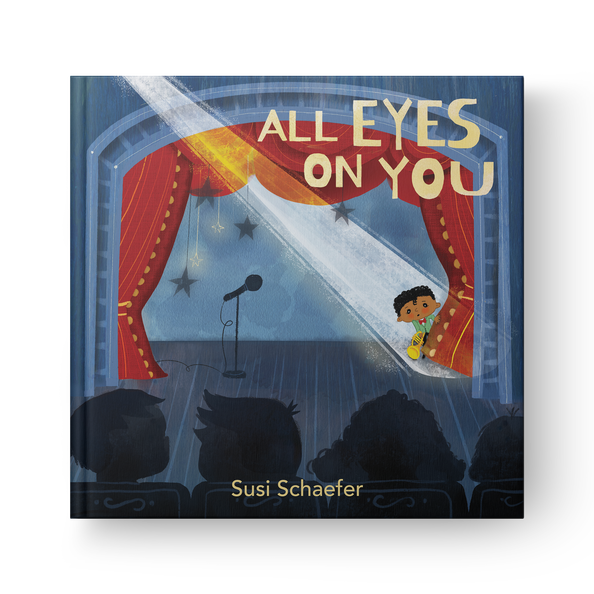On this blog – and through our facebook page – we hear from many of you who are struggling with difficult emotions, with sadness often being at the top of the list. I wanted to share an article with you here by empath and Sounds True author Karla McLaren on the transformative power of sadness, a new way of looking at the healing potential right in the center of this challenging emotion. I hope you enjoy Karla’s perspective and find it useful in your lives.
We’ve just released Karla’s new book, The Art of Empathy, highly recommended for those interested in this essential life skill.
Welcome the gifts of sadness – by Karla McLaren
Sadness is a wonderful emotion that arises when something needs to be released. This might be an idea, an attitude, a possession, a stance, an ideology, a belief, a relationship, or a way of behaving in the world (etc.) that no longer works for you. Sadness has a kind of alchemical magic to it, because if you can listen to it and honestly let go, you’ll find that you can relax and breathe again. Sadness is about letting go — and letting go means that you’ll be freer than you were before (when you were holding on tightly to something that was honestly not working). When you can listen to your sadness and work with it empathically, you’ll experience relaxation, spaciousness, and a sense of rejuvenation.
Many people have problems with sadness, and as I think about it, I sense what I call a fundamental correlation error. That’s a fancy way of saying that people often blamesadness for the way they’re feeling, instead of realizing that sadness arises in response to the fact that they’re holding on to something that isn’t working anyway.
Sadness doesn’t come to steal your stuff! Sadness arises when you’re holding on to stuff that doesn’t work anymore. This stuff — this thing, idea, relationship, or whatever — it might have worked in the past, but it doesn’t work now, and sadness arises to help you let go of it. When you can let go, you’ll be able to relax, reassess your current situation and your current needs, and become aware of who you are and what you need now, today.
Sadness helps you let go, relax, rejuvenate yourself, and come fully into the present moment — not because you’re chasing after happiness or any other allegedly positive emotions (there are no positive emotions), but because you know how to let things go and rejuvenate yourself. And when you let go, your sadness will recede naturally (because you’ve attended to it skillfully), and other emotions will arise, depending on your situation and your needs.
Sadly, most of us haven’t been taught to approach sadness in this way, so that when it arises, we tend to lose our way. Before we talk about the billions of ways that we’ve been socialized to distrust, repress, and squelch our natural sadness, let’s get comfortable.
A simple exercise to help you relieve tension
Breathe in deeply until you feel a bit of tension in your chest and ribcage, and hold your breath for a count of three. (Don’t create too much tension. If you’re uncomfortable, let some air out before you hold your breath.)
As you breathe out, let your body go limp, relax your chest and shoulders, and feel the tension leaving your body. Let your arms hang loosely, relax your body, and let go.
Breathe in deeply again until you feel a slight tension, hold your breath for a count of three, and this time, sigh audibly as you exhale and relax your body. Repeat one more time, and sigh out loud as you exhale and let go. If you feel relaxed and a bit less tense, thank the emotion that helped you. Thank your sadness!
I intentionally evoked your sadness by creating something that didn’t work or feel right — which is the tension you felt when you held your breath. And then, I intentionally had you perform the actions your sadness requires (all emotions require different, specific actions); the sadness-specific actions involve relaxing, releasing, and letting go. Simple.

Sadness is a simply wonderful emotion that helps you let go of things that aren’t working for you … such as tension, muscle tightness, anxiety, and what I call “soldiering on” behaviors. In The Language of Emotions, I call sadness The Water Bearer because it brings a kind of fluidity to a tight, tense, and arid body. Sadness is a gorgeous emotion that brings you the irreplaceable gift of letting go.
However, sadness really isn’t welcome in our emotional or social worlds, and as such, most of us tend to soldier on without the relief of sadness. We run our lives with our intensity, our tension, our plans and schemes, and our sheer willpower, but we tend to ignore the need for simple relaxation … we forget to let go, release things that aren’t working, and then re-set our priorities in present-focused and self-respecting ways.
I have been interested to see the ways that we’ve all socially created a sadness-avoidant world. Relaxation has become severely compartmentalized, to the extent that we relax on weekends and during vacations, but very rarely during the workday, at school, or in front of other people. Relaxation and deep breathing have also become professionalized, such that we pay masseuses, yoga teachers, and alternative practitioners of all stripes to help us breathe deeply, relax, and let go.
Notice, too, the ways that we disrespect sad people: Gloomy Gus, Crybaby, Weakling, Boys don’t cry, Big girls don’t cry, There’s no use crying over spilled milk, Stop your sniveling, and so on. I know I’m not the only person who has felt that crying in public would be a very dangerous thing, because it can mean that we’ll lose face in our emotionally-stunted world. The message is clear: Crying is not okay, and sadness is something to avoid. Completely, if possible.
And what a sad, tense world we’ve created because we refuse to honor the gifts of sadness. Without our sadness, we can’t relax, we can’t release our tension in healthy ways, we can’t cry and restore fluidity to ourselves, and we can’t let go of things that aren’t working anyway.
Without our sadness, tension piles up, unsaid words pile up, muscle tightness adds up, things we don’t need pile up, ideas we don’t believe any longer pile up, relationships that no longer work pile up, and we find ourselves crowded out of our real lives by a bunch of unnecessary debris. And we can’t find the present moment with two hands and a flashlight, because we can’t find anything in all the clutter. When we don’t allow our sadness to do its proper work, we lose a great deal of our liveliness and flow; we lose ourselves, in a way.
So let’s welcome sadness to our lives by remembering to breathe deeply and let the tension go. Let’s listen to sadness instead of always swatting it away or soldiering through it. When sadness arises, let’s look for things that aren’t working anyway, andlet them go.
The questions for sadness are What must be released? and What must be rejuvenated? Many of us, because we’ve had such poor socialization around sadness, think that sadness is only about loss. It’s not. Sadness is also about restoring flow, ease, and relaxation — because when you can finally let go of things that just don’t work, you’ll suddenly have room for things that do.
The next time you feel sadness, see if you can breathe in deeply and let go of tension as you exhale. The breathing technique I just taught you is a sadness-based exercise, and it will help you learn how to access your sadness with ease and simplicity. This practice will also help you learn how to work with your sadness internally — so that even when you’re in a social situation where honestly expressing your sadness would be socially hazardous, you can still take good care of yourself.
The next time you feel like crying (but you can’t because the people around you can’t deal with sadness), observe your reaction. Most of us tense up and get very tight and rigid when it’s time to cry (this reaction often makes our inner situation worse, not better!). If it’s not socially safe to cry, see if you can’t at least relax a bit, breathe deeply, and let your body have a felt sense of letting go. It’s not the same thing as a good cry, but it’s better than becoming rigid and inflexible, and crushing your sadness under the weight of everything you’ve been holding on to.
As you move into a closer relationship with your healing sadness, be aware of your habitual responses to hectic situations. Notice how often you distract yourself when your tears and sadness attempt to come forward, and watch for any movement toward the siren song of “fun.” If you’re like most people, you’ll respond to tension and your honest need to let go by trying to bring more joy to your life – which will never work, because flow, relaxation, and rejuvenation are the gifts of sadness; they’re not the gifts of joy!
Joy and its comrades (happiness and contentment) are lovely states, but they don’t work in the way sadness does. Manufacturing joy, chasing happiness, or courting contentment or exhilaration when it’s actually time to work with sadness – these are all distractions and avoidance behaviors that cannot and will not heal you. When you require deep relaxation and deep release, you must move honorably and meaningfully into sadness. When you do, joy will naturally follow your sadness and fun will naturally return to your life. This may seem counter-intuitive, but it’s the emotional truth.
Welcome your sadness, breathe deeply, and relax into yourself. Sadness doesn’t come to steal your stuff! Sadness arises when you’re holding on to something that doesn’t work anyway. Let go. Welcome your sadness, let go, relax, and then more forward with clearer eyes and a stronger vision of what works for you now.
And make more space for sadness in the world
What do most of us do when people around us are sad? The first thing most of us do when we’re confronted with sadness is to smile and affect a cheery attitude. This is often a response to the way people behave when they’re sad, which is to apologize and feel ashamed of themselves. So we try to make it better, and help the sad people repress their honest sadness. The more skilled among us might be able to listen supportively, but eventually, we’ll probably try to put a happy face on any sadness we encounter.
Very few people are ever given the time or permission to feel truly sad for as long as they need to. We dry their tears, hug them, make jokes, jolly them along, and try to slap happiness or joy on top of the situation. Unfortunately, this emotional bait-and-switch usually just lengthens people’s stay in the house of loss, and stops them from being able to receive the rejuvenation sadness brings. That’s not a truly empathic or supportive act, even though it may suppress the sadness for a while.
As you learn to work with your own sadness, see if you can find ways to welcome sadness in other people as well. If people around you need to cry, don’t stop them or turn away in embarrassment. Just breathe in, relax, and create a space for the real emotions of the people around you. Our culture is deeply emotion-challenged and deeply sadness-avoidant, but you have the power to change social rules about emotions, at least in your area of influence. Really!
Thank you for bringing more emotional awareness and more empathy into our waiting world.





 “
“ From the creators of Good Night Yoga and Good Morning Yoga comes a beautifully illustrated city adventure that introduces children to the delights and benefits of partner yoga.
From the creators of Good Night Yoga and Good Morning Yoga comes a beautifully illustrated city adventure that introduces children to the delights and benefits of partner yoga.
















WoW!
Much needed, thank you kindly for working with “difficult” emotions in this “I’d rather not” culture. It’s a fact that in our dysfunctional, corporate controlled environment, health-care workers are not able to support of each other, and I am brainstorming a “Care for the Caregiver” class. Please let me know if I have permission to refer folks to your material- it is vital, for sure. (Love Sounds True and all you do!)
Blessings,
V. Grace Abraham, CMT, LPN, Rev.
Hi Matt, Thank you for putting a lovely positive spin on a difficult situation in our American culture. Emotions are healing once we feel them. Sadness can be very overwhelming at times, and feel like it’s never gonna end. By the grace of god I have been fortunate enough to have a therapist who has done her internal work and felt her own pain, so she can hold my hand while I go thru mine. Unfortunately it seems common for professionals to try and practice before they deal with their own stuff. I am reminded of the saying, “if you can feel it you can heal it.” Not the easy path, but I am blessed.